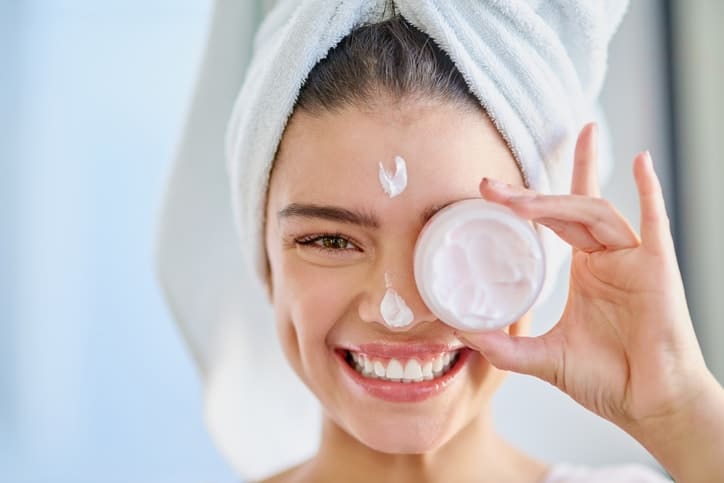How to Do an At-Home Facial: Beautician's Guide
In the world of beauty and skincare, mastering the art of an at-home facial can be a game-changer. Not only does it allow you to take control of your skincare routine, but it also provides a luxurious experience within the comfort of your own home. For beauticians, this knowledge is invaluable and can be shared with clients to enhance their skincare rituals. This guide will delve into the essential steps and tips on how to do an at-home facial, ensuring that you achieve professional-level results.

Understanding the Basics of an At-Home Facial
Before diving into the process, it's crucial to understand what an at-home facial entails. Essentially, it's a series of skincare steps designed to cleanse, exfoliate, and nourish your skin. This not only helps in maintaining a healthy glow but also addresses specific skin concerns such as acne, dryness, or aging. For beauticians, educating clients on the significance of each step can significantly enhance their skincare journey.
According to the Healthline, a proper skincare routine is foundational to achieving healthier skin, and incorporating at-home facials can amplify these benefits.
Step-by-Step Guide to an At-Home Facial
Step 1: Cleanse Thoroughly
The first step in any facial is cleansing. Use a gentle cleanser to remove makeup, dirt, and impurities from the skin. This creates a clean canvas for the subsequent steps, allowing the products to penetrate more effectively. For insights on choosing the right cleanser, you might find this resource helpful.
Step 2: Exfoliate Gently
Exfoliation is key to removing dead skin cells and promoting cell turnover. Use a gentle scrub or an enzyme-based exfoliant to avoid irritating the skin. This step can be tailored to address specific skin concerns, such as dullness or texture issues, as discussed in this article.
Step 3: Steam Your Face
Steaming opens up the pores, allowing for deeper cleansing. You can use a facial steamer or simply place your face over a bowl of hot water with a towel draped over your head to trap the steam. This prepares the skin for the next steps, enhancing the absorption of active ingredients.
Step 4: Apply a Face Mask
Choose a face mask that targets your skin's needs, whether it's hydration, brightening, or detoxifying. Leave it on for the recommended time to allow the active ingredients to work their magic.
Step 5: Tone and Balance
Toning helps to balance the skin's pH and prepare it for moisturization. Use a toner that suits your skin type, applying it with a cotton pad or your fingertips.
Step 6: Nourish with Serums
Serums are packed with concentrated active ingredients that target specific concerns. Apply a serum that addresses your skin's needs, be it anti-aging, brightening, or hydrating. For a better understanding of the difference between serums and essences, check out this link.
Final Touches: Moisturize and Protect
After nourishment, it's crucial to lock in the benefits with a good moisturizer. This step ensures that the skin stays hydrated and supple. For daytime facials, don't forget to apply sunscreen to protect your skin from harmful UV rays. If you're unsure of how to pick the right sunscreen, this guide can help.
Benefits of Regular At-Home Facials
Incorporating regular at-home facials into your routine can lead to numerous skin benefits. Not only does it promote relaxation and stress relief, but it also enhances the overall health and appearance of your skin. Consistent facials can improve skin texture, reduce the appearance of pores, and give a radiant glow. For a more detailed exploration of skin health, the American Academy of Dermatology provides insightful resources.

Frequently Asked Questions
How often should I do an at-home facial?
For most skin types, performing an at-home facial once a week is ideal. However, those with sensitive skin might want to limit it to bi-weekly to prevent irritation.
Can I skip steaming if I don't have a facial steamer?
Yes, you can skip steaming if necessary. Alternatively, you can create steam using a bowl of hot water and a towel, as mentioned earlier.
What if I have specific skin concerns?
If you have specific skin concerns, such as acne or hyperpigmentation, tailor your facial routine to include products that target these issues. Consulting a dermatologist can also provide personalized recommendations.
This article contains affiliate links. We may earn a commission at no extra cost to you.

